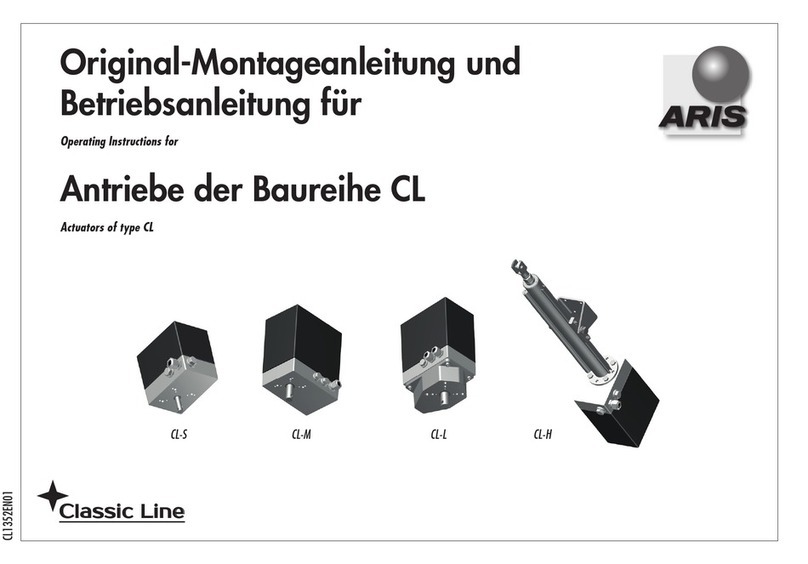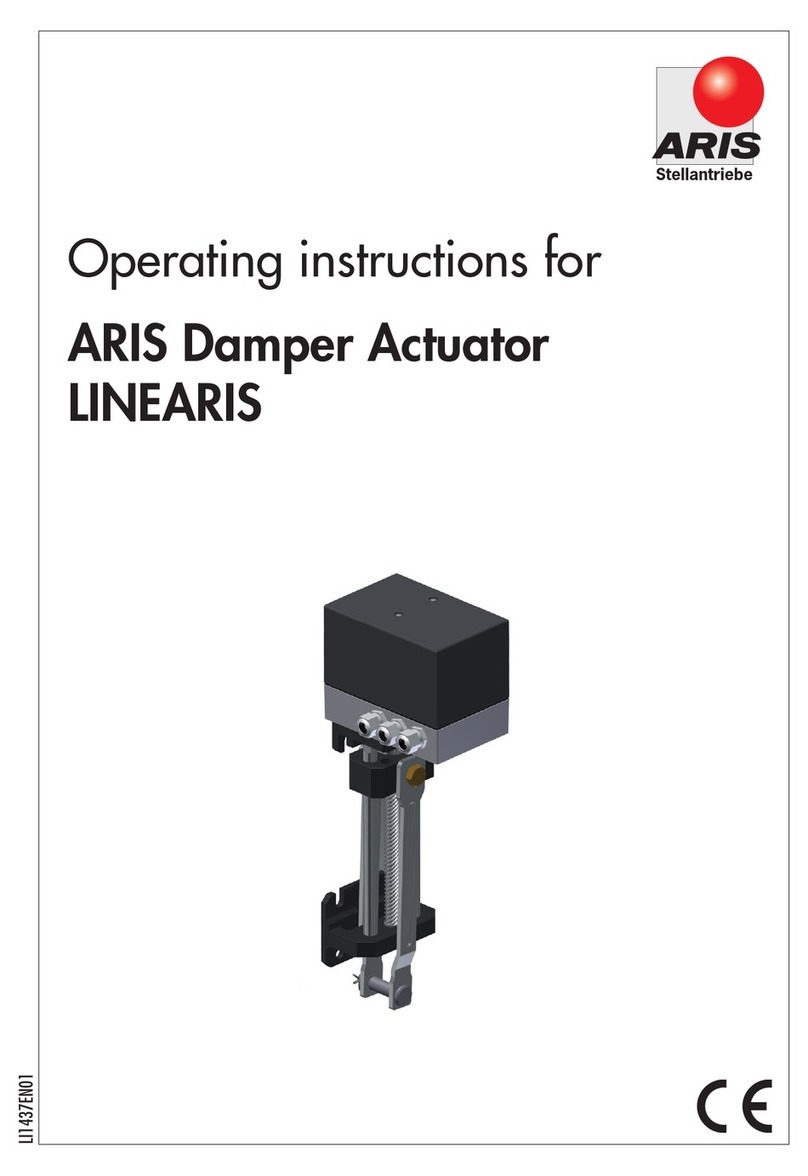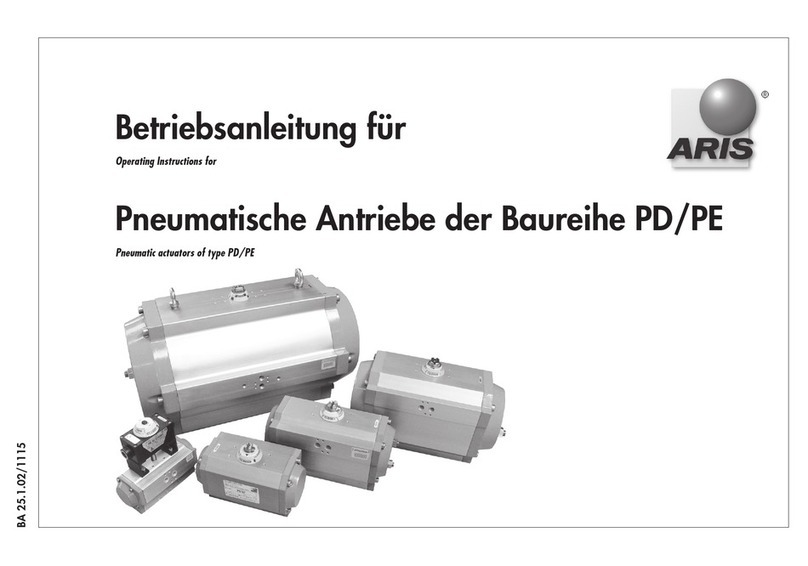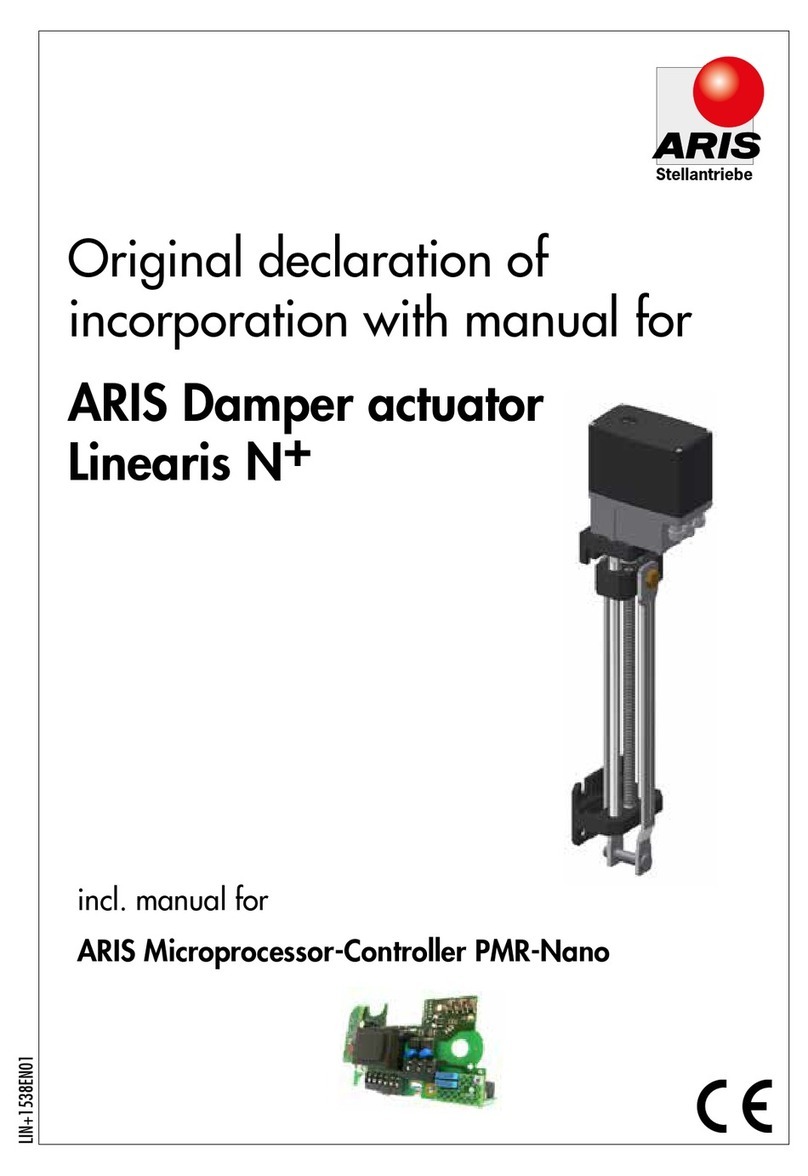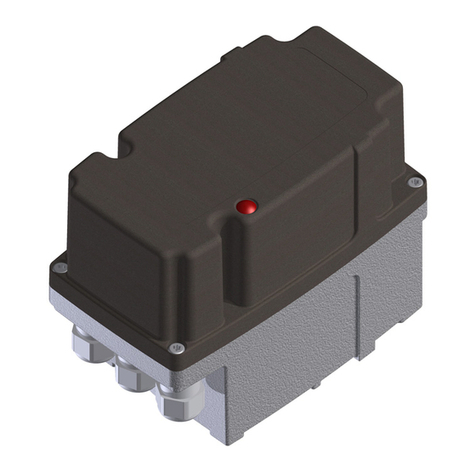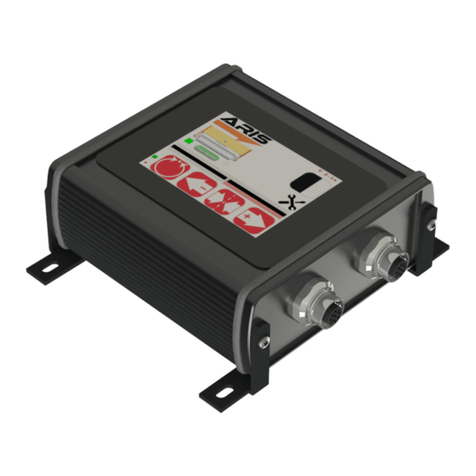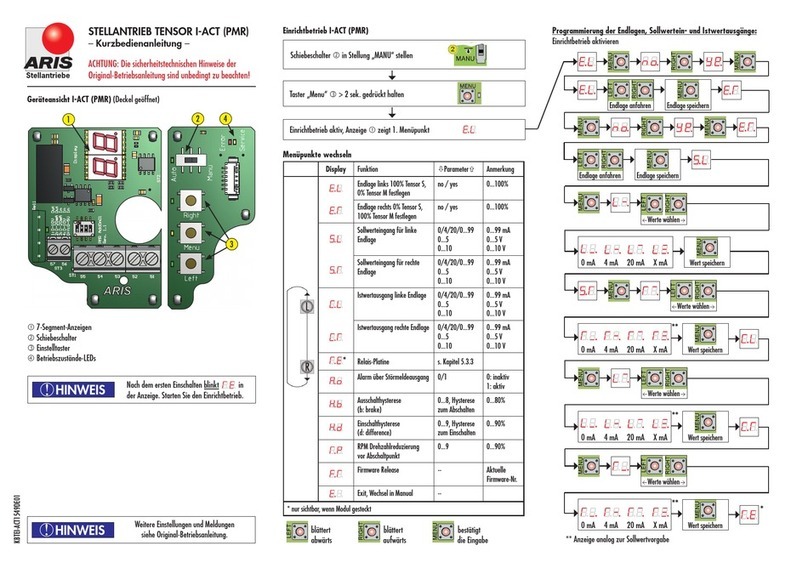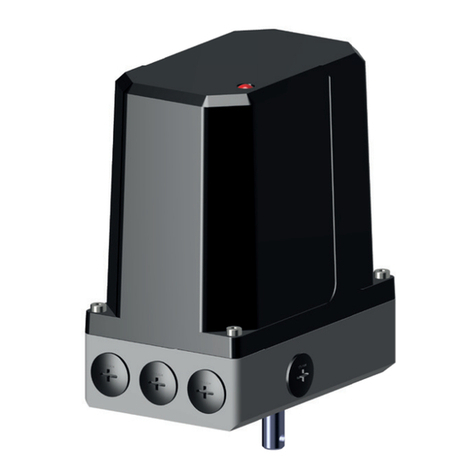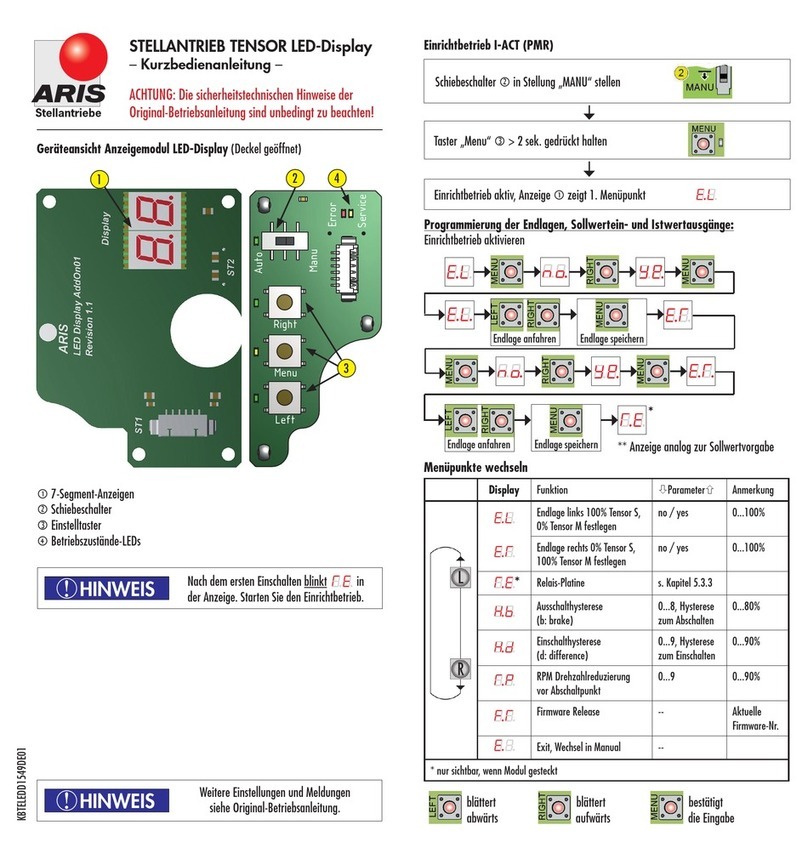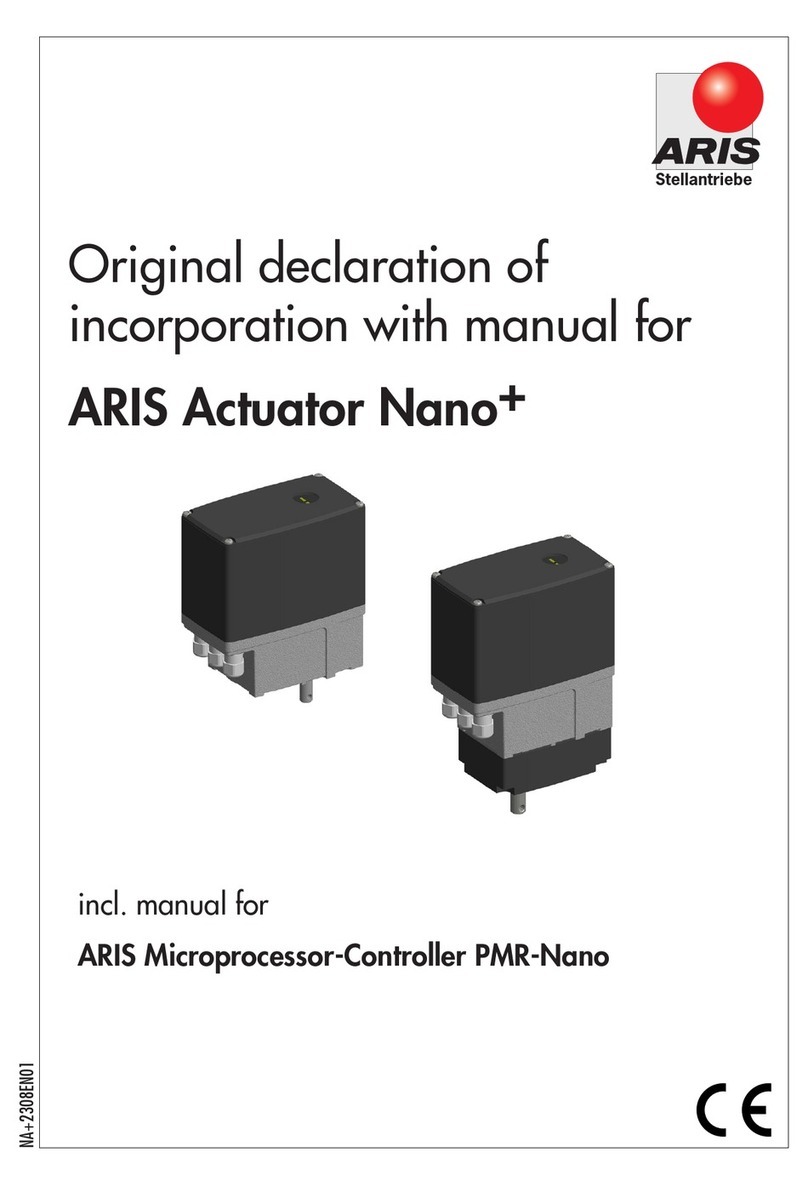
Table of contents
1.Identication ................................................................................................................................................................3
1.1 Nameplate......................................................................................................................................................................................................................... 3
1.2 Guidelines and standards ................................................................................................................................................................................................... 4
2.Safety information ........................................................................................................................................................4
2.1 Warnings........................................................................................................................................................................................................................... 4
2.2 General safety advices ....................................................................................................................................................................................................... 4
3.Technical specication....................................................................................................................................................5
3.1 Functions and application areas (Intended use)................................................................................................................................................................... 5
3.2 Safe and accurate use ........................................................................................................................................................................................................ 5
3.3 Dimensions........................................................................................................................................................................................................................ 6
3.4 Performance data.............................................................................................................................................................................................................. 9
3.5 Expected lifespan and intended disposal ........................................................................................................................................................................... 10
4.Actuator setup for utilization .......................................................................................................................................10
4.1 Transport, (temporary) storage and downtimes................................................................................................................................................................. 10
4.2 Packaging ....................................................................................................................................................................................................................... 10
4.3 Safe disposal of packaging............................................................................................................................................................................................... 10
4.4 Installation and mounting ................................................................................................................................................................................................ 10
4.5 Initial operation............................................................................................................................................................................................................... 12
5.Actuator operation without controller and display module (Standard) .............................................................................13
5.1 Programming the end positions (Setup mode) without option modules............................................................................................................................... 14
6.Operations with modules and extras............................................................................................................................15
6.1 LED display module.......................................................................................................................................................................................................... 16
6.2 Potentiometer (electronic via additional board)................................................................................................................................................................. 16
6.3 Additional auxiliary switches S1-S4 (add-on board).......................................................................................................................................................... 18
6.4 Programming of the switching points without 7-segment display........................................................................................................................................ 19
6.5 Programming of the switching points with 7-segment display............................................................................................................................................. 20
7.Operation of actuators with microprocessor controller I-ACT (PMR)................................................................................21
7.1 Wiring diagram and pin conguration .............................................................................................................................................................................. 21
7.2 Congure controller connection ........................................................................................................................................................................................ 22
7.3 Operation and display elements........................................................................................................................................................................................ 23
8.Operation of the I-ACT (PMR), Current output ..............................................................................................................24
8.1 Automatic and hand mode................................................................................................................................................................................................ 24
8.2 Setup mode I-ACT (PMR).................................................................................................................................................................................................. 25
9.Operation of the actuator with current output...............................................................................................................32
9.1 Circuit diagram and pin assignment.................................................................................................................................................................................. 32
9.2 Funktion kongurieren .................................................................................................................................................................................................... 33
9.3 Operation........................................................................................................................................................................................................................ 33
10.Additional advices concerning the intendet use in potentially explosive atmospheres of the zone 2 and 22 (Option) ........35
10.1 Nameplate....................................................................................................................................................................................................................... 35
10.2 Guidelines and standards ................................................................................................................................................................................................. 36
10.3 Technical specications..................................................................................................................................................................................................... 36
10.4 Performance data............................................................................................................................................................................................................ 37
11.Additional options.....................................................................................................................................................38
11.1 Internal manual override (mechanical)............................................................................................................................................................................. 38
11.2 Option Handwheel ........................................................................................................................................................................................................... 38
12.Parameter RESET ......................................................................................................................................................39
13.Required customer information...................................................................................................................................39
13.1 Troubleshooting and repair............................................................................................................................................................................................... 39
13.2 Mains lter...................................................................................................................................................................................................................... 41
14.Maintenance .............................................................................................................................................................41
14.1 Service ............................................................................................................................................................................................................................ 41
14.2 Accessories....................................................................................................................................................................................................................... 41
14.3 Spare parts...................................................................................................................................................................................................................... 41
